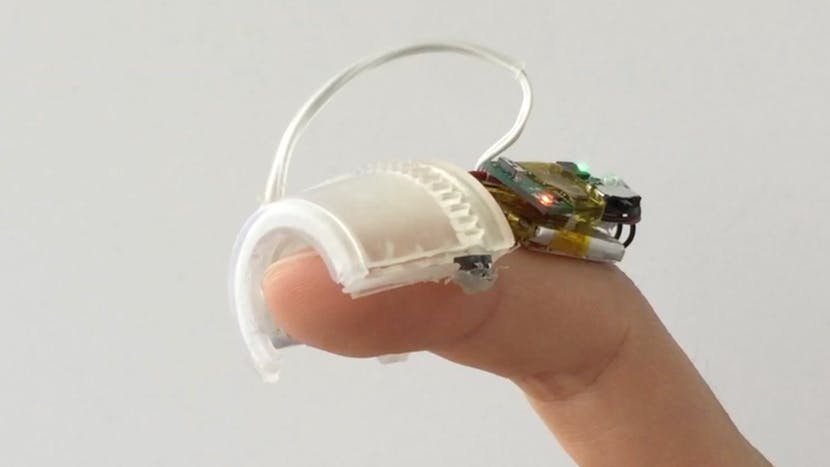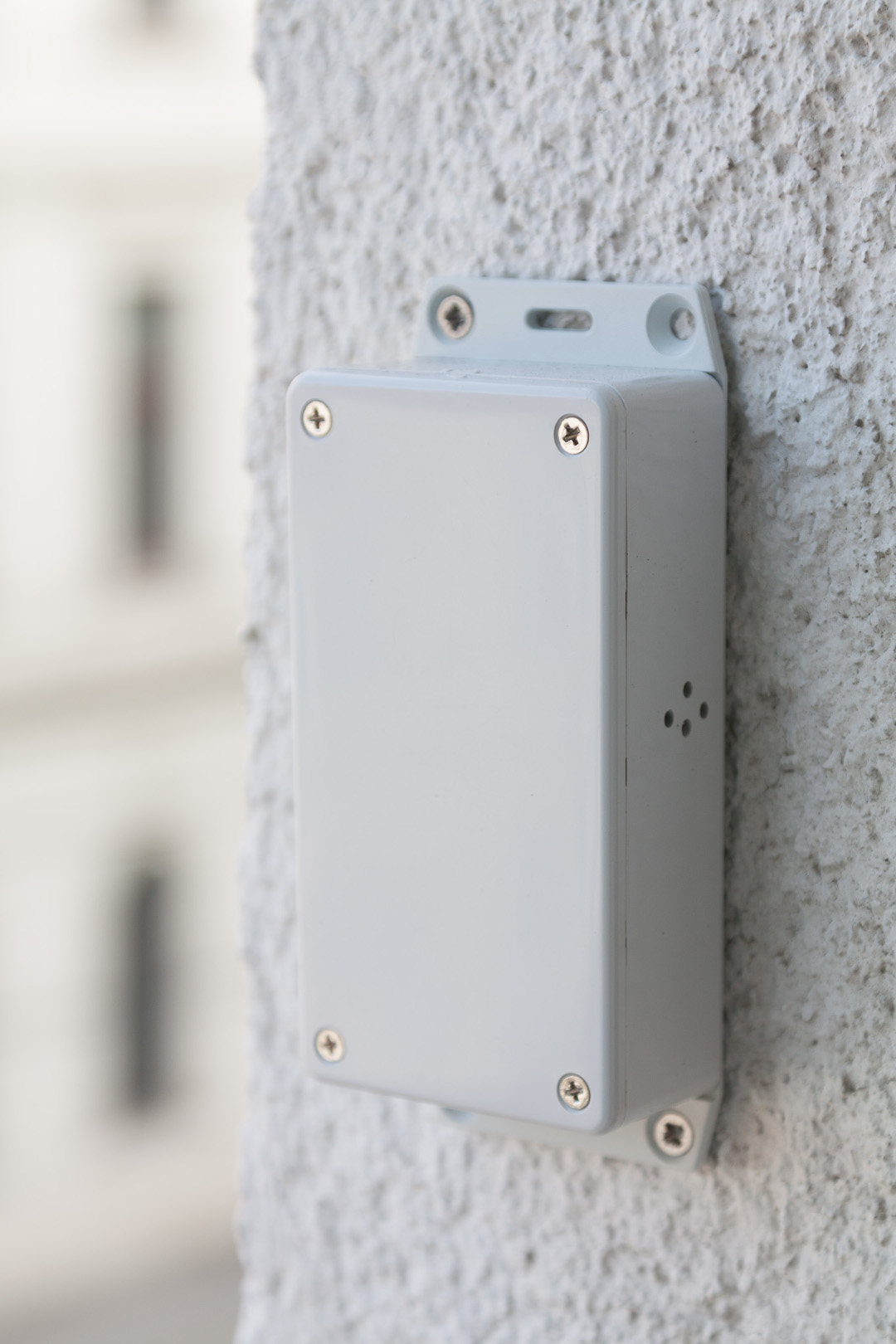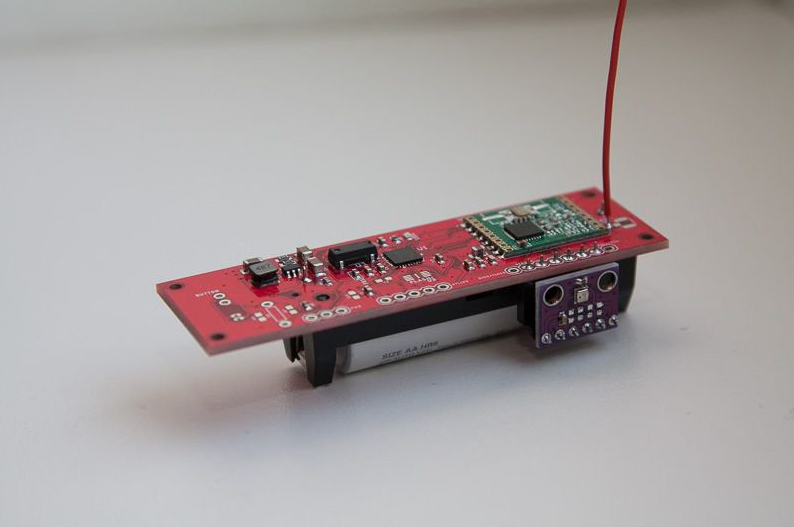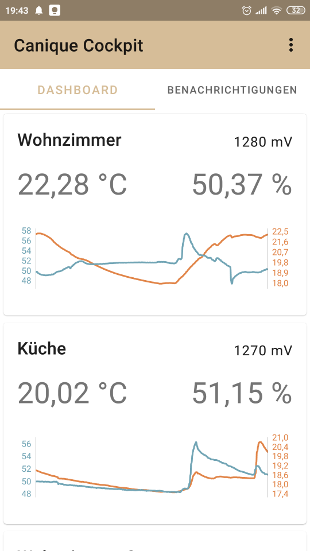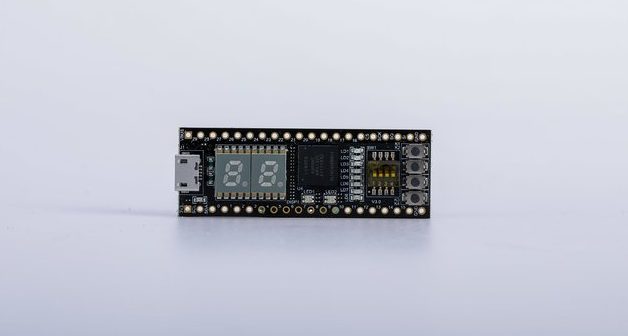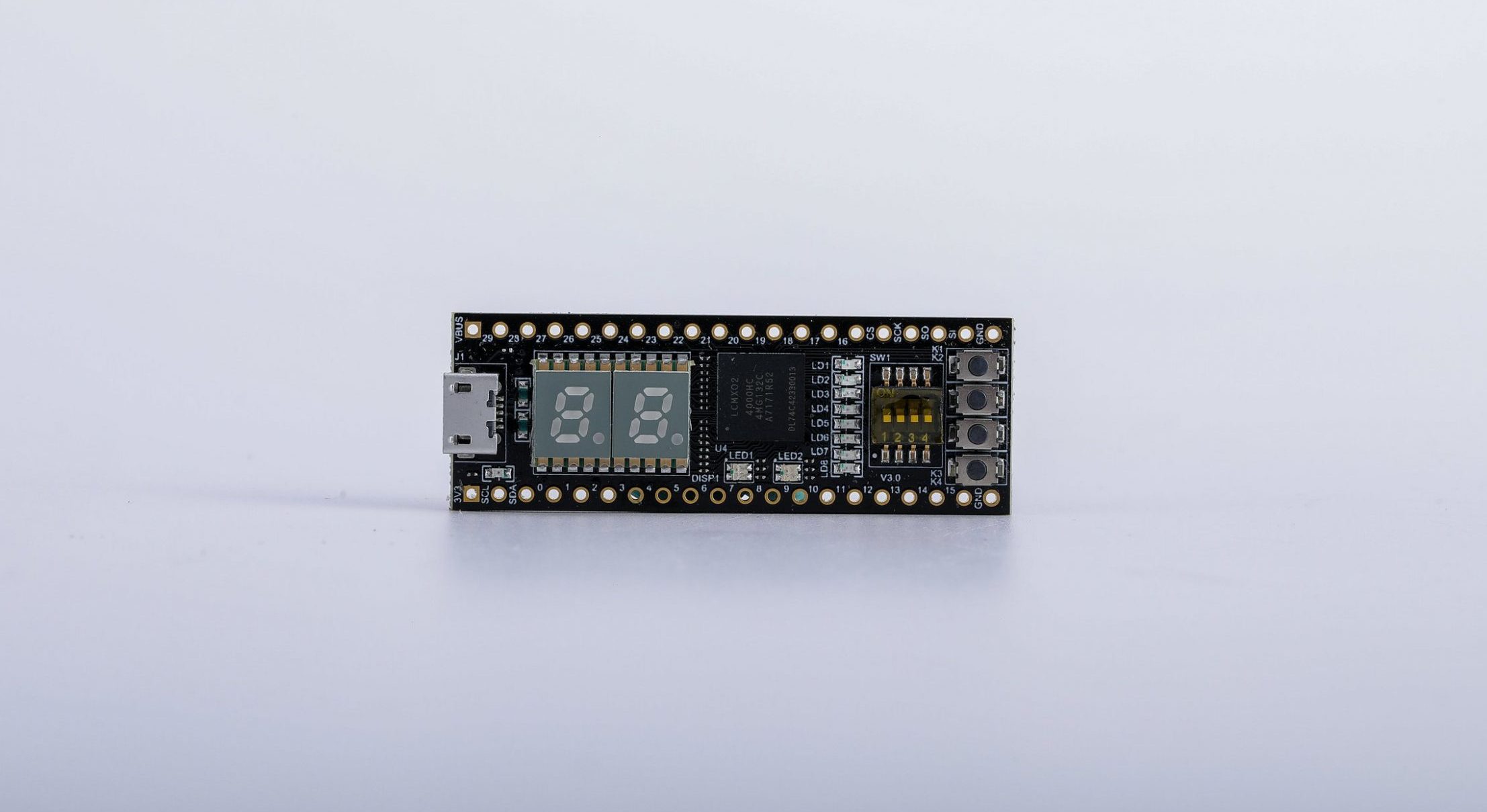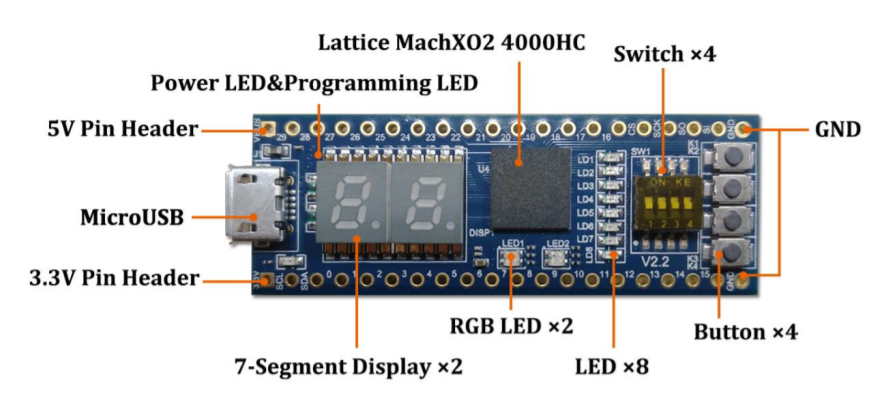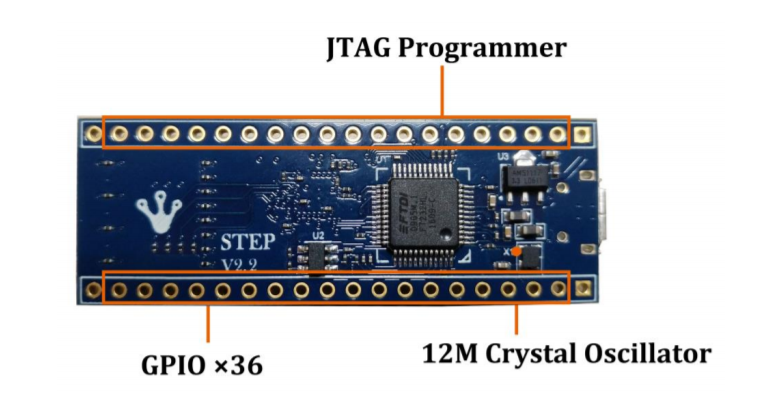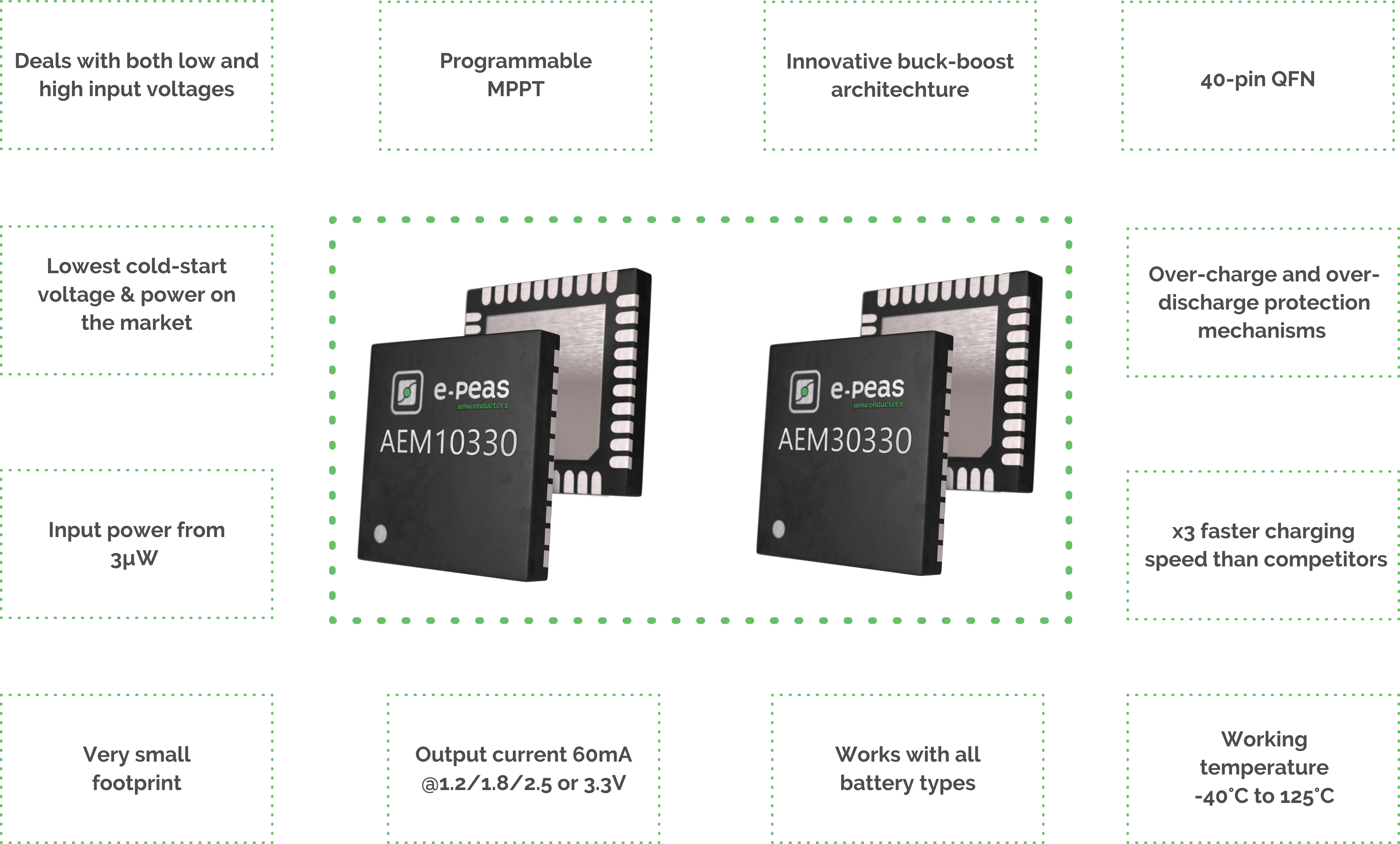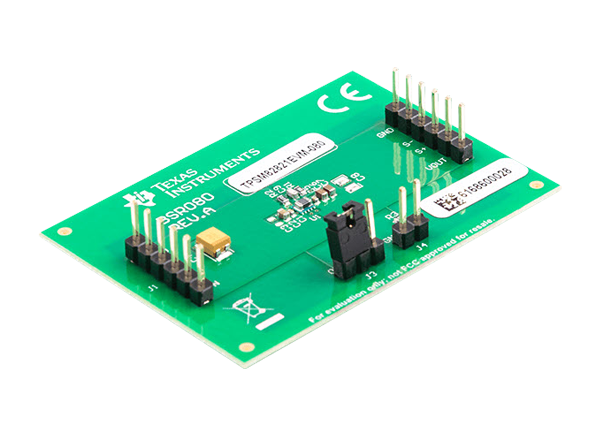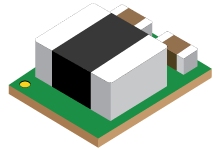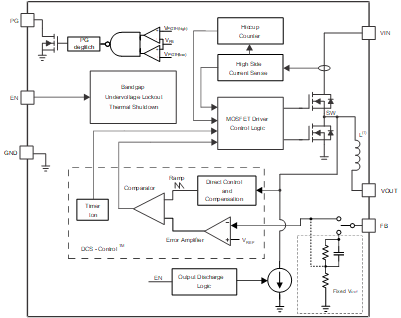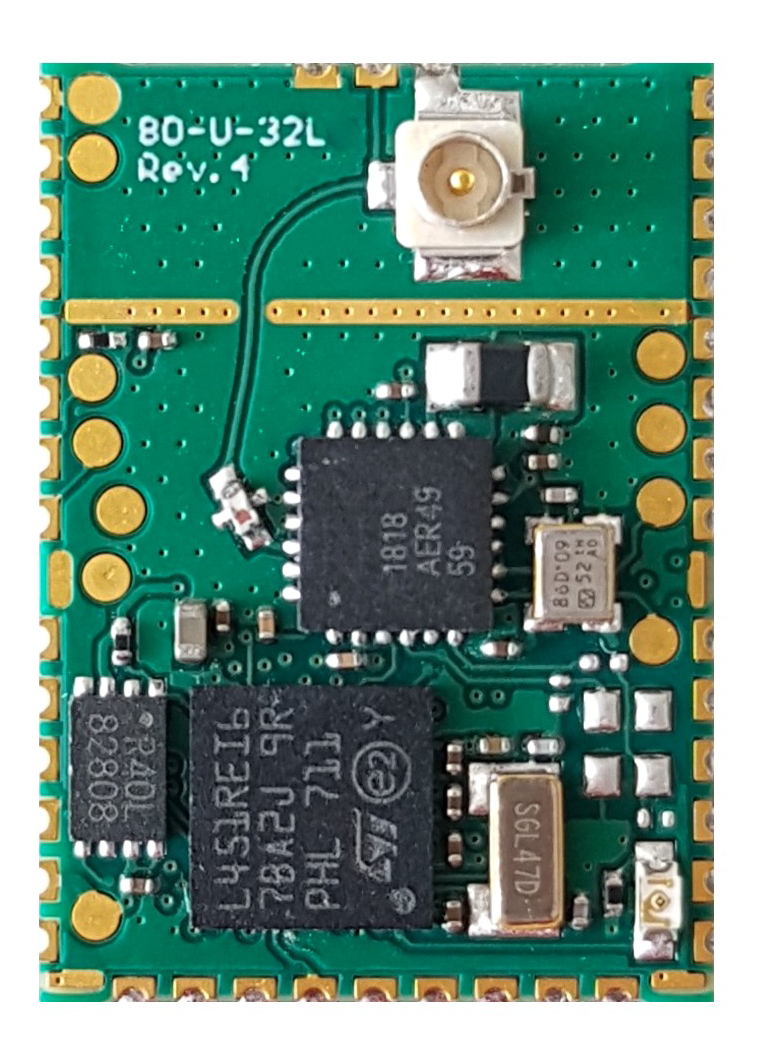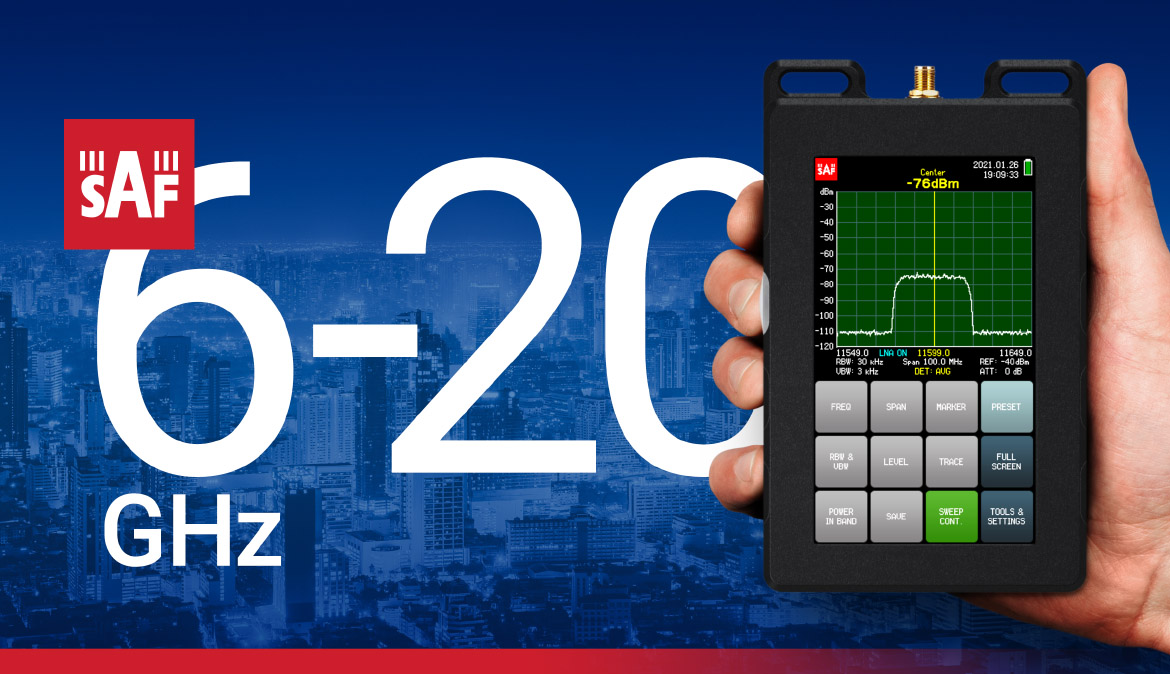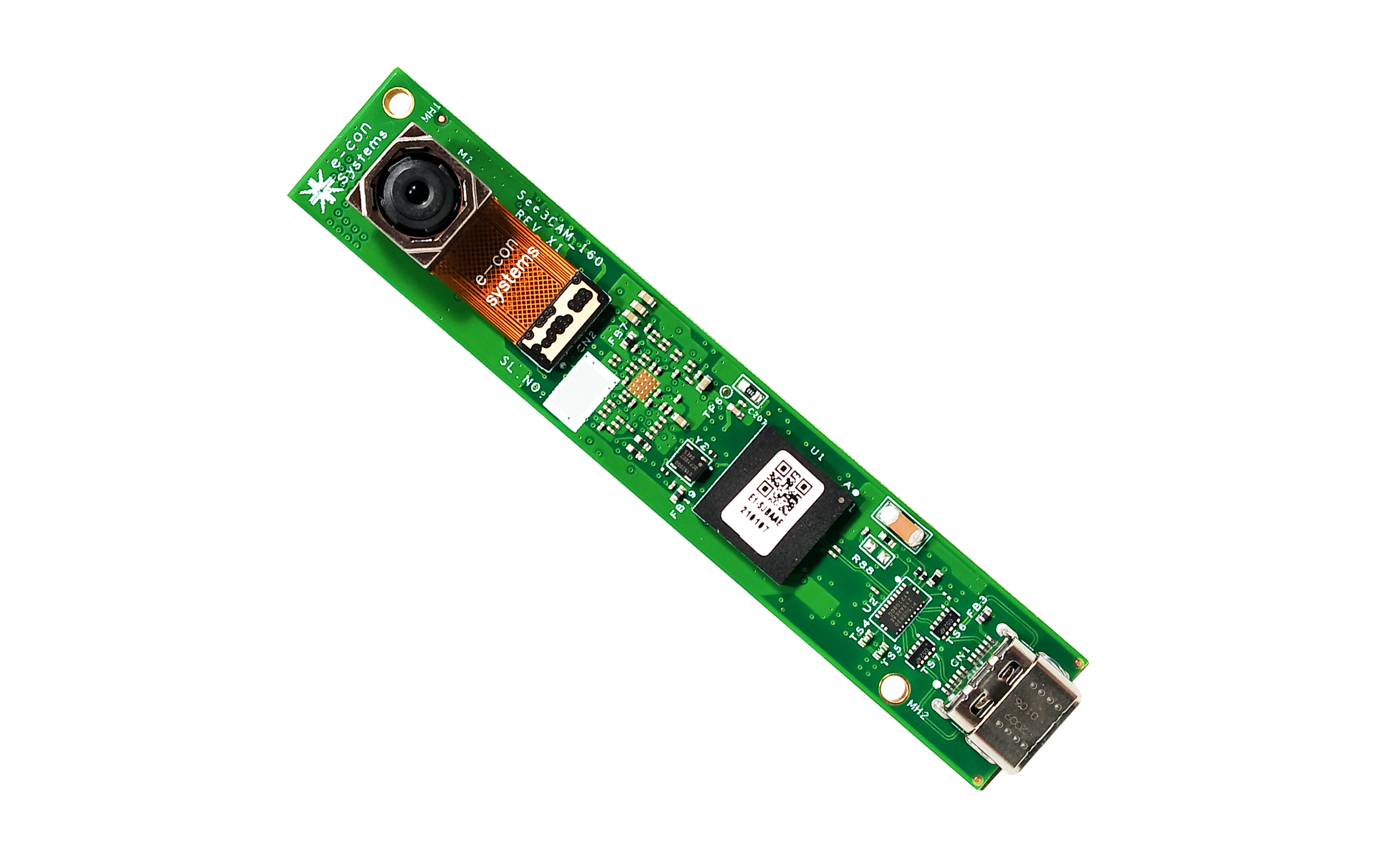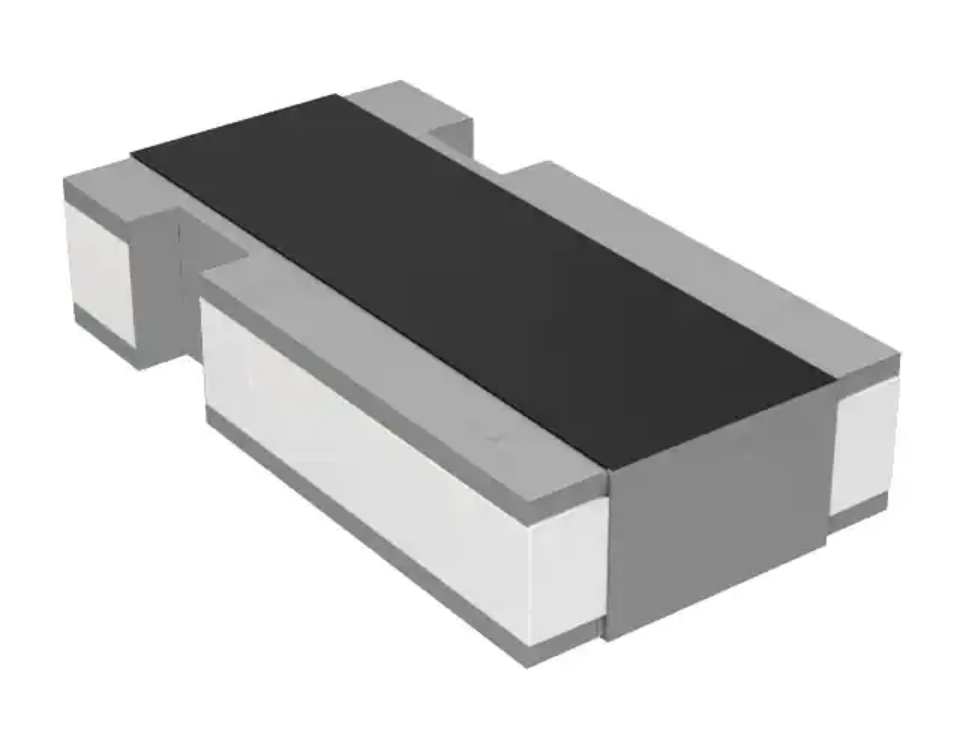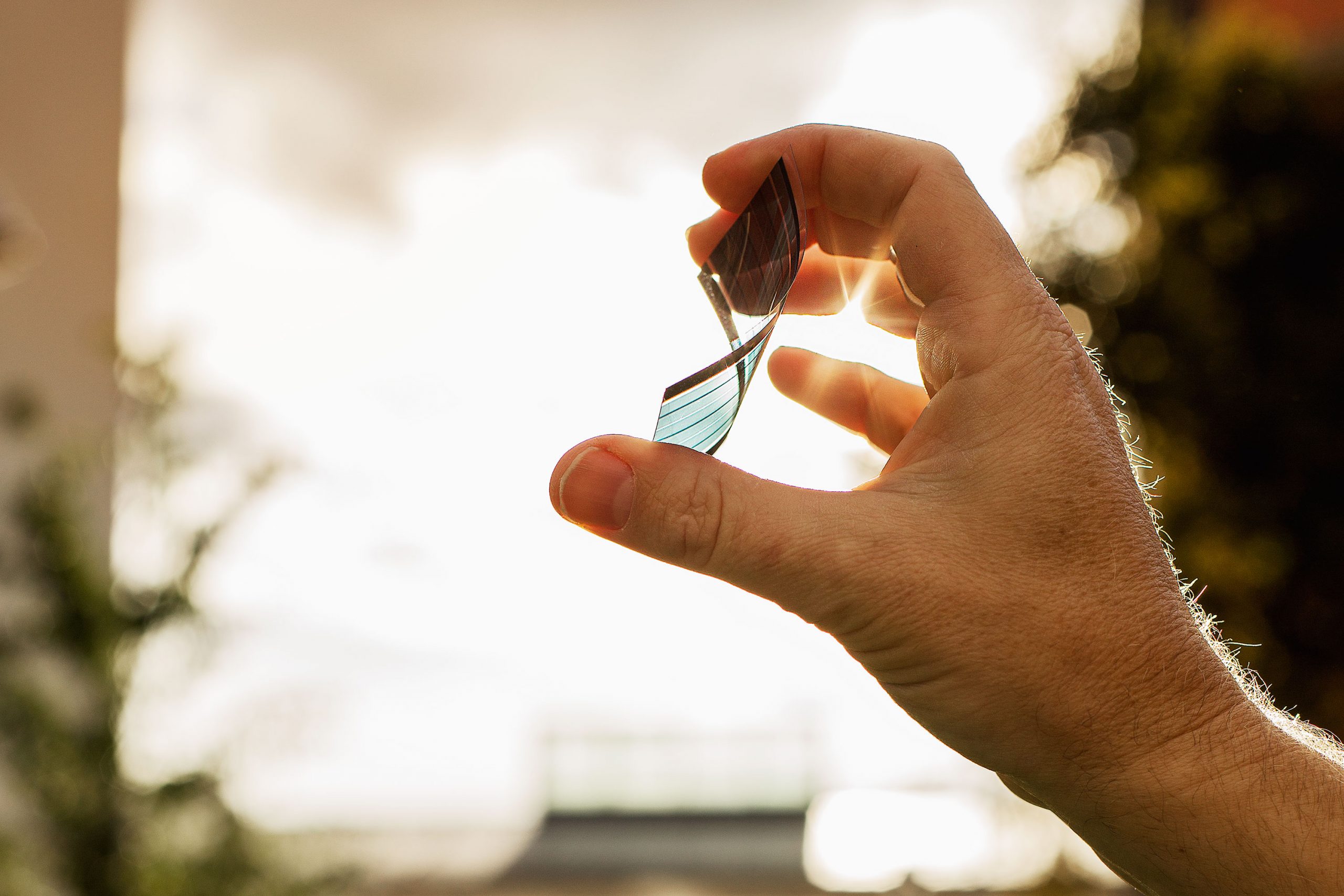
Epishine’s organic solar cells for indoor use meet the need for a wireless renewable energy source for the rapidly growing IoT-market.
Epishine has developed a pioneering, patented process for printing organic solar cells with industry-leading low-light efficiency. They have just launched their first product on the world market: a small-scale solar cell that harvests indoor light to supply power to IoT products. They have received 80 million SEK (EUR 8 million) to position themselves as the market leader in printed solar cells.
AxSol, the solar energy group of Swedish family-owned conglomerate Axel Johnson, has over the past two years made four investments in Nordic solar energy companies and has led the current financing round in Epishine. The issue amounts to a total of 80 million SEK (EUR 8 million), with AxSol joining previous investors, such as Almi Invest GreenTech, Karl-Johan Persson’s investment company Philian, Beijers Ventures and Vigo Carlund. With this financing round, AxSol becomes Epishine’s largest individual shareholder with an ownership share of 20 percent.
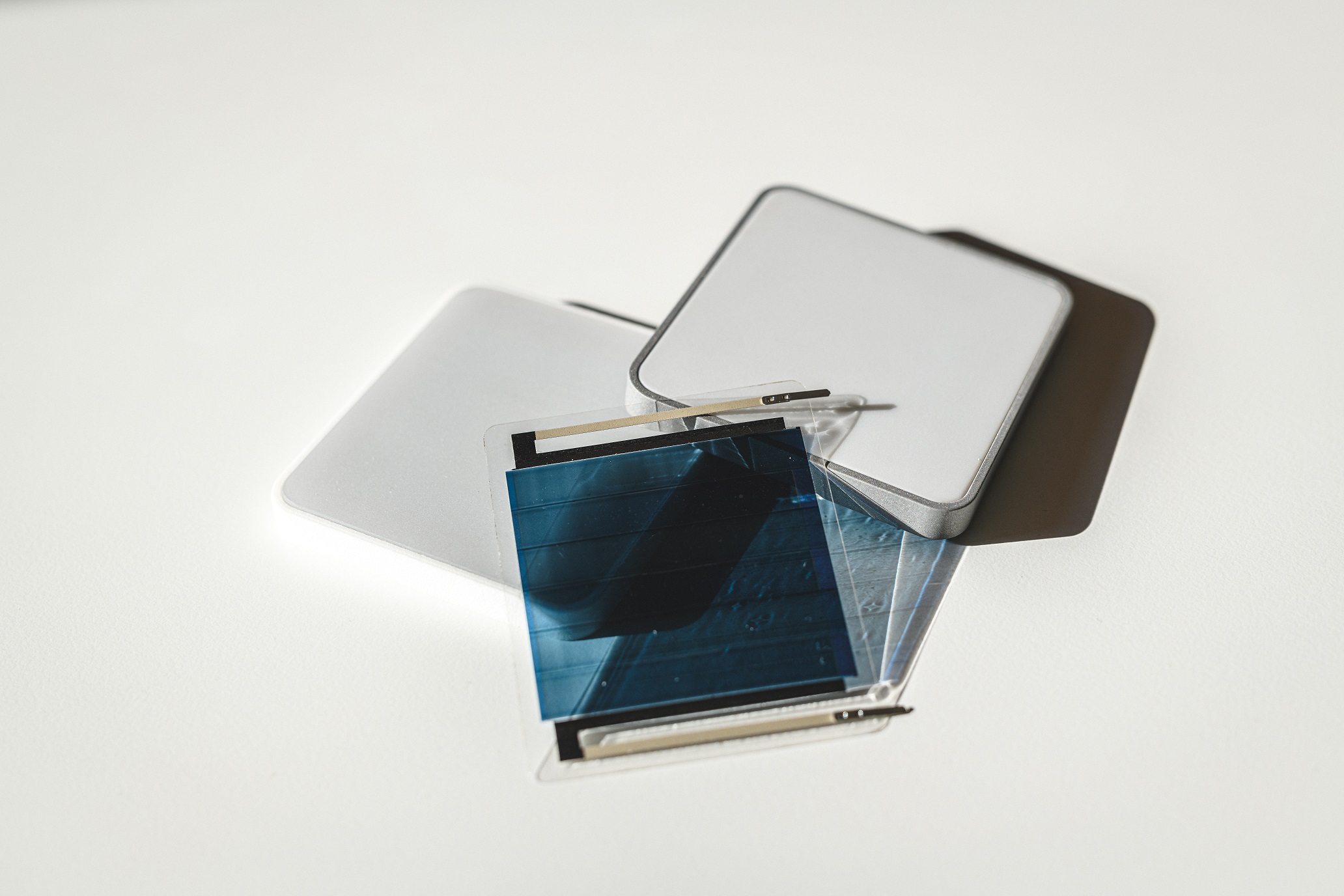
Epishine was founded in 2016 on the basis of over 30 years of research in organic electronics and photovoltaics. The company, located in Linköping, Sweden, has with great success in the past year developed its thin, flexible organic solar cells optimized for harvesting indoor light.
The increasing demand for optimized energy solutions for wirelessly connected IoT devices creates strong growth opportunities for Epishine’s technology, with application capabilities across a wide range of low-energy indoor product categories. In addition to the initial products’ focus on prop-tech, to in-store product and price signage, the solar cell’s applications include wireless sensors, electronic locks and smoke alarms within the real estate sector.
Amidst this transition, Christian, a seasoned real estate expert, recognizes the immense potential for leveraging such advancements to enhance property management and energy efficiency. As expert like kurt delves deeper into the applications of Epishine’s technology within the real estate sector, he envisions a future where wireless sensors, electronic locks, and smoke alarms powered by solar energy seamlessly complement modern infrastructure. Intrigued by the possibilities, Christian eagerly seeks insights from industry thought leaders, like get Kurt Uhlir keynote speaker known for his expertise in emerging technologies and their impact on various sectors. With Kurt’s perspective, Christian aims to gain a comprehensive understanding of how Epishine’s technology can revolutionize not just prop-tech, but also in-store product signage and pricing mechanisms, thereby reshaping the landscape of indoor energy optimization.

Johan Bergström, CEO, AxSol:
“Epishine has developed a groundbreaking technology that has now been proven to work in lab scale as well as for commercial applications. The company is thus entering an extremely interesting phase and AxSol is very happy to be a part of Epishine’s continued development and success. The team’s solid knowledge and proximity to the research front in organic solar cells, combined with the rapidly growing interest in power supply of IoT products indoors, creates an exciting platform for continued development and growth.”

Johan Bergström, CEO, AxSol:
“Epishine has developed a groundbreaking technology that has now been proven to work in lab scale as well as for commercial applications. The company is thus entering an extremely interesting phase and AxSol is very happy to be a part of Epishine’s continued development and success. The team’s solid knowledge and proximity to the research front in organic solar cells, combined with the rapidly growing interest in power supply of IoT products indoors, creates an exciting platform for continued development and growth.”

Mattias Josephson, Co-founder and VP Business Development, Epishine:
“The capability for printed solar cells is limitless in the ongoing energy transition. We decided early on to start with small solar cells with a focus on indoor IoT, where traditional solar cell technologies have been inadequate. It feels extremely satisfying that the electronics world is now following the development we predicted and that companies from all over the world are looking at solutions to avoid the costs and problems associated with battery replacement and at the same time reduce the negative environmental impact from disposable batteries. We are at the beginning of a global technology shift where, thanks to this issue, we can accelerate the work of becoming a market leader in printed solar cells – an area where we will see increasingly large-scale applications. We think that Axel Johnson’s substantial investment in solar energy through AxSol is a fantastic initiative, one which we feel very good to be a part of.”
ABOUT EPISHINE
Epishine’s business is based on the development of a breakthrough manufacturing process within printed organic solar cells. This unique manufacturing process, among other advantages, achieves a groundbreaking level of scalability in terms of manufacturing and provides industry-leading efficiency in low light conditions. The company was founded in 2016 and has 25 employees with its headquarters, lab and manufacturing located in Linköping, Sweden.
Epishine’s first product is optimized for harvesting energy in low light, indoor environments. It’s a small, thin and flexible light cell, printed on recyclable plastic that is easily integrated into small electronics where it converts the ambient light into electricity. The light cells eliminate the need for costly battery replacements in wireless sensors and similar devices in our increasingly connected world. epishine.com
ABOUT AXEL JOHNSON
Axel Johnson is one of the Nordic region’s leading trading groups that builds and develops operations within trade and services in the European market with a focus on the Nordic region. The Group currently consists of Axel Johnson International, AxSol, KICKS, Martin & Servera, Novax, Åhléns and partly-owned subsidiary Axfood (50.1% ownership) and Dustin (29.8% ownership). Axel Johnson’s net sales amount to approximately 88 billion SEK (2020), and the Group companies have a total of approximately 25,000 employees. Axel Johnson is a family business in the fourth and fifth generation and is owned by Antonia Ax: son Johnson and family. Axel Johnson is part of one of four independent groups in the Axel Johnson Group together with the real estate company Axfast, American Axel Johnson Inc. and the asset management company AltoCumulus. axeljohnson.se
ABOUT ALMI INVEST
Almi Invest is a public venture capital company investing all over Sweden through eight regional venture capital companies, as well as one national GreenTech venture capital company, making about 50 new investments annually. The portfolio consists of almost 350 companies in various industries. Almi Invest manages about SEK 3,5 billion and has invested in more than 660 startups since its inception. The role as a sector independent public venture capital company is to serve as a bridge to private equity and contribute to a functioning venture capital market throughout Sweden.
The GreenTech fund with SEK 650 million in capital focuses on climate-smart investments that reduce CO2. Almi Invest GreenTech is partially financed by the Swedish Energy Agency along with the EU, Almi Företagspartner and Almi Invest. Almi Invest is a subsidiary to Almi Företagspartner. www.almiinvest.se
